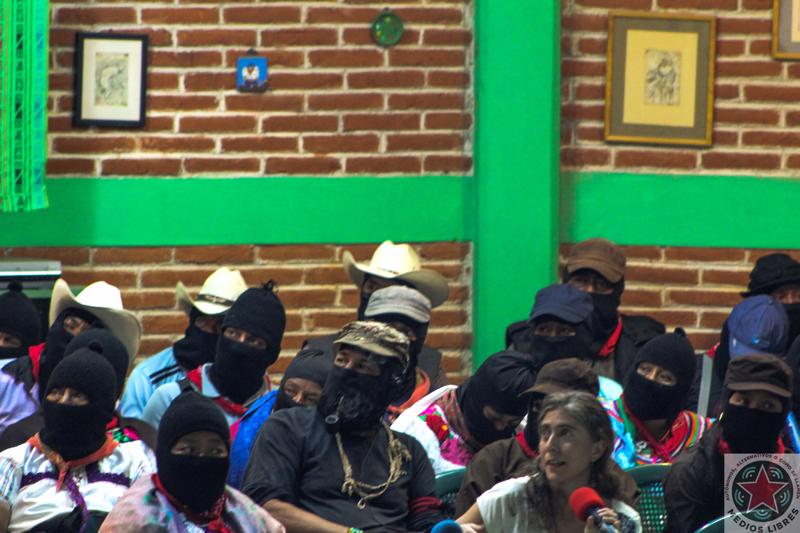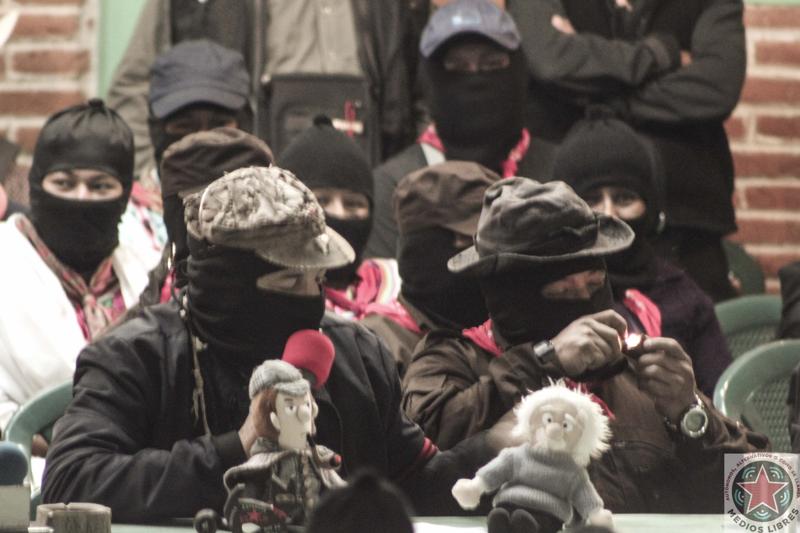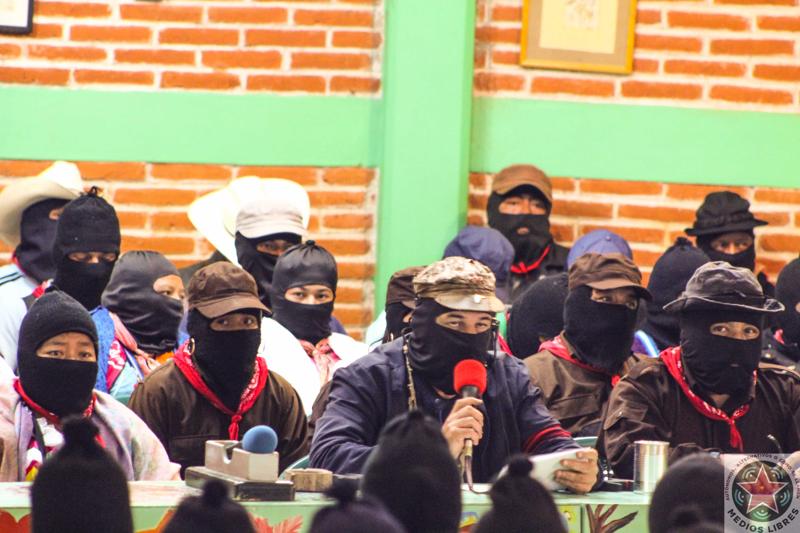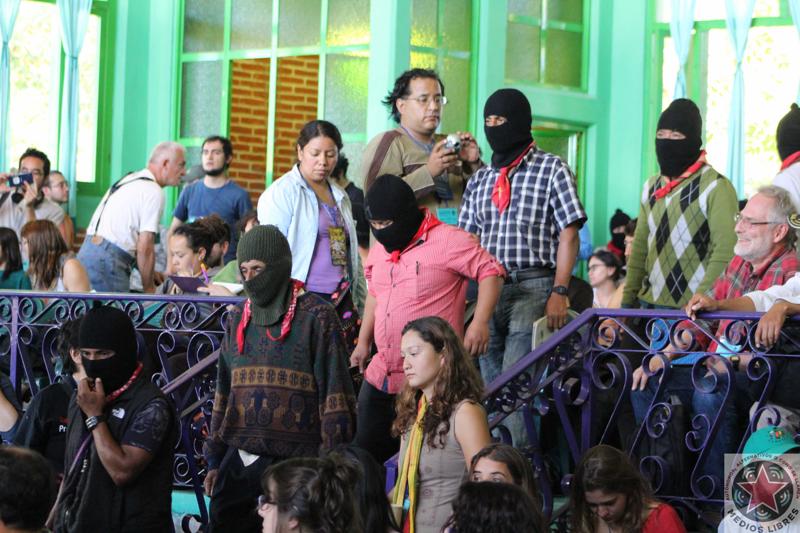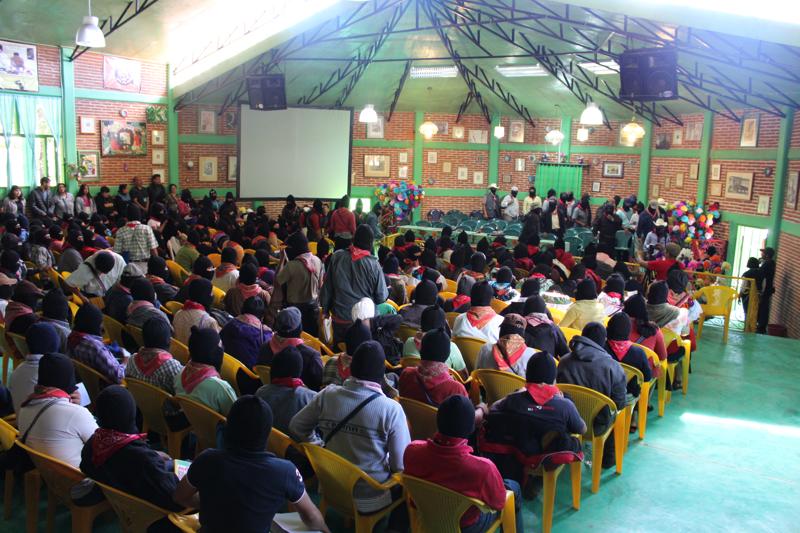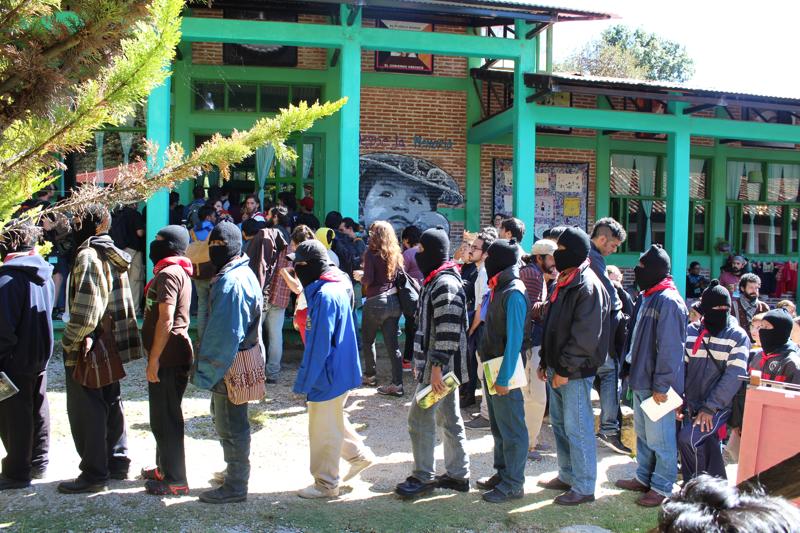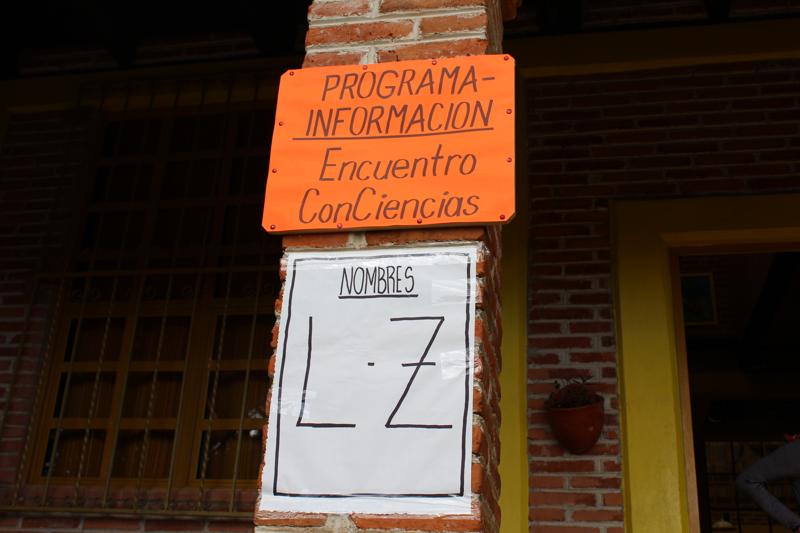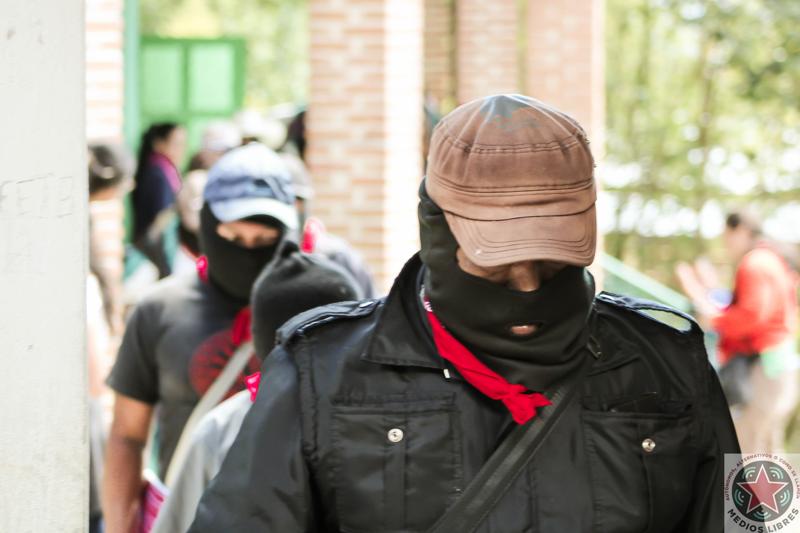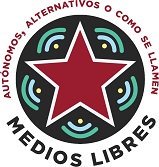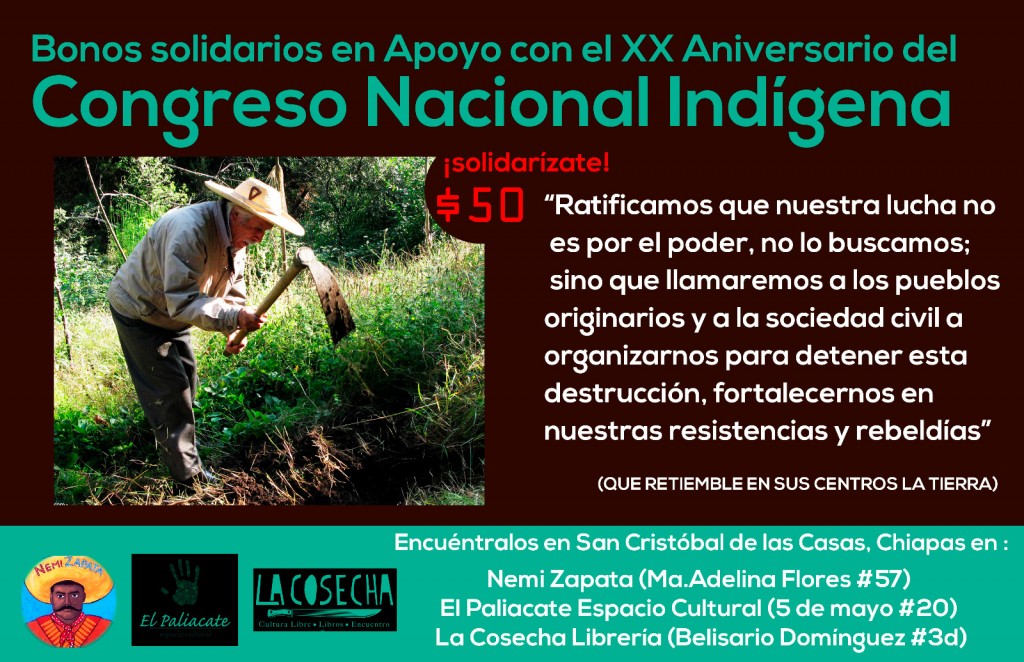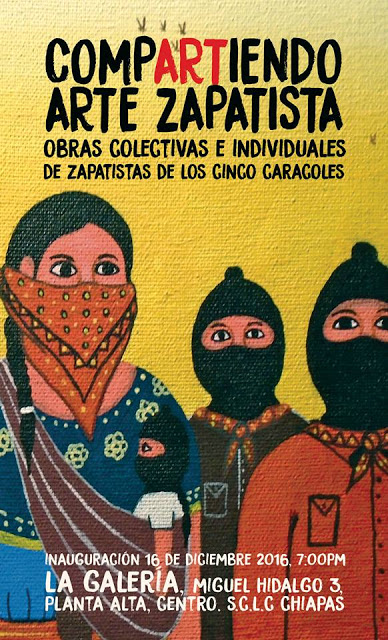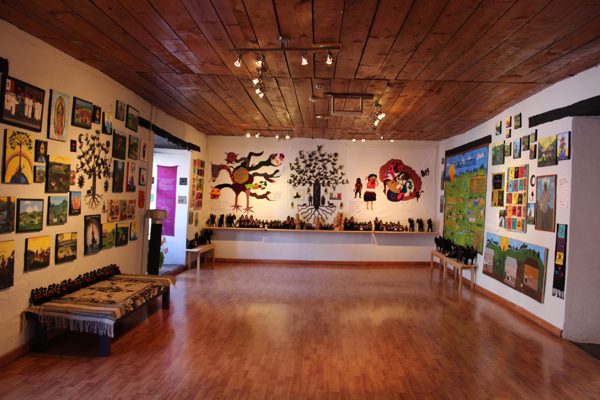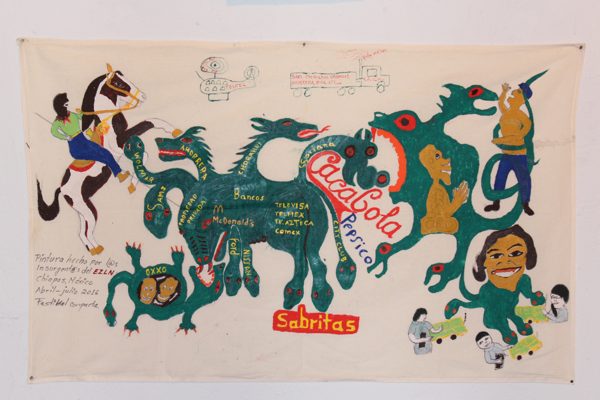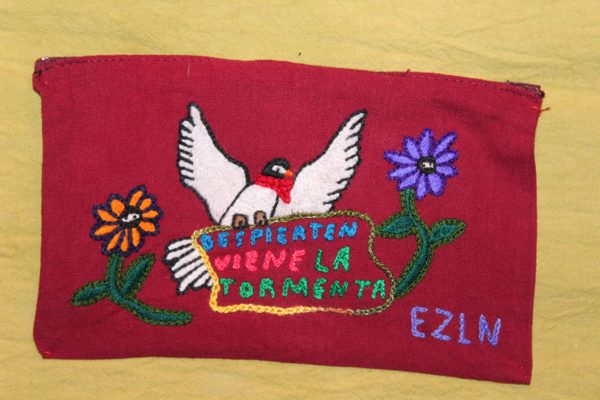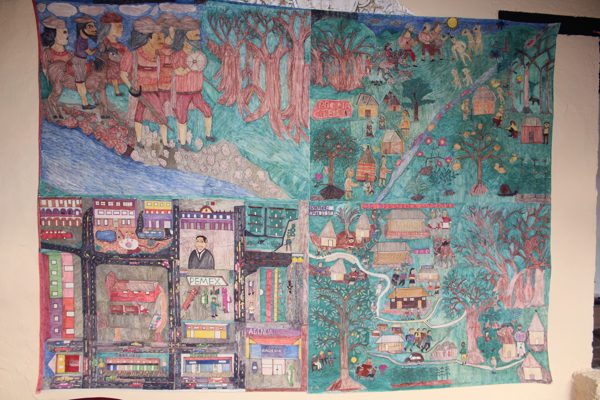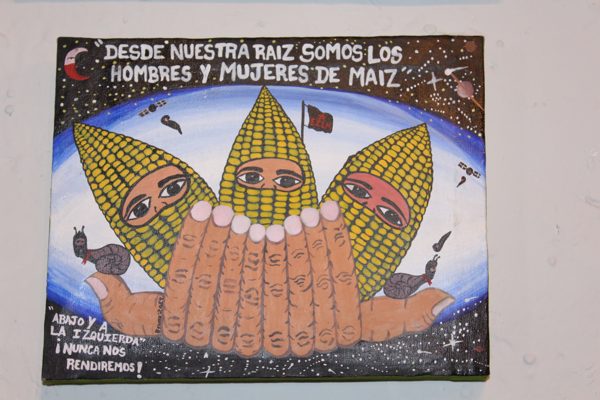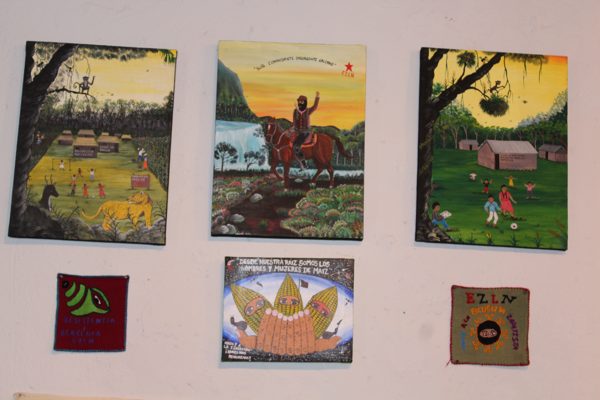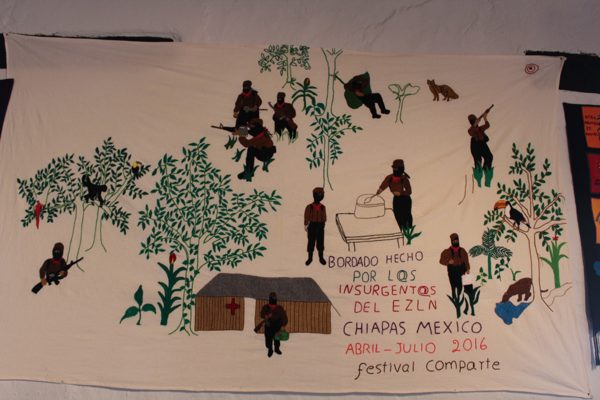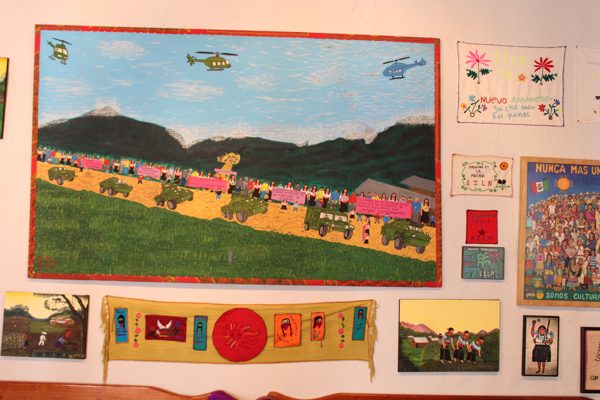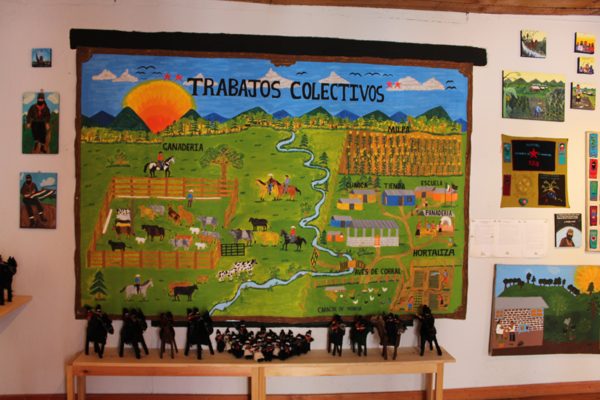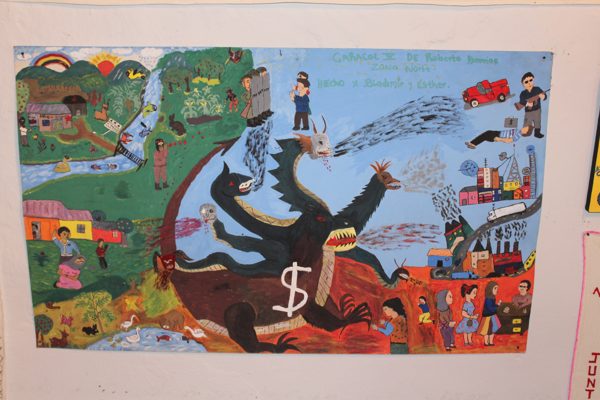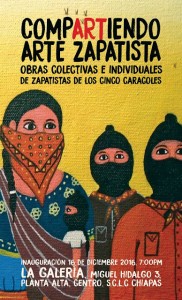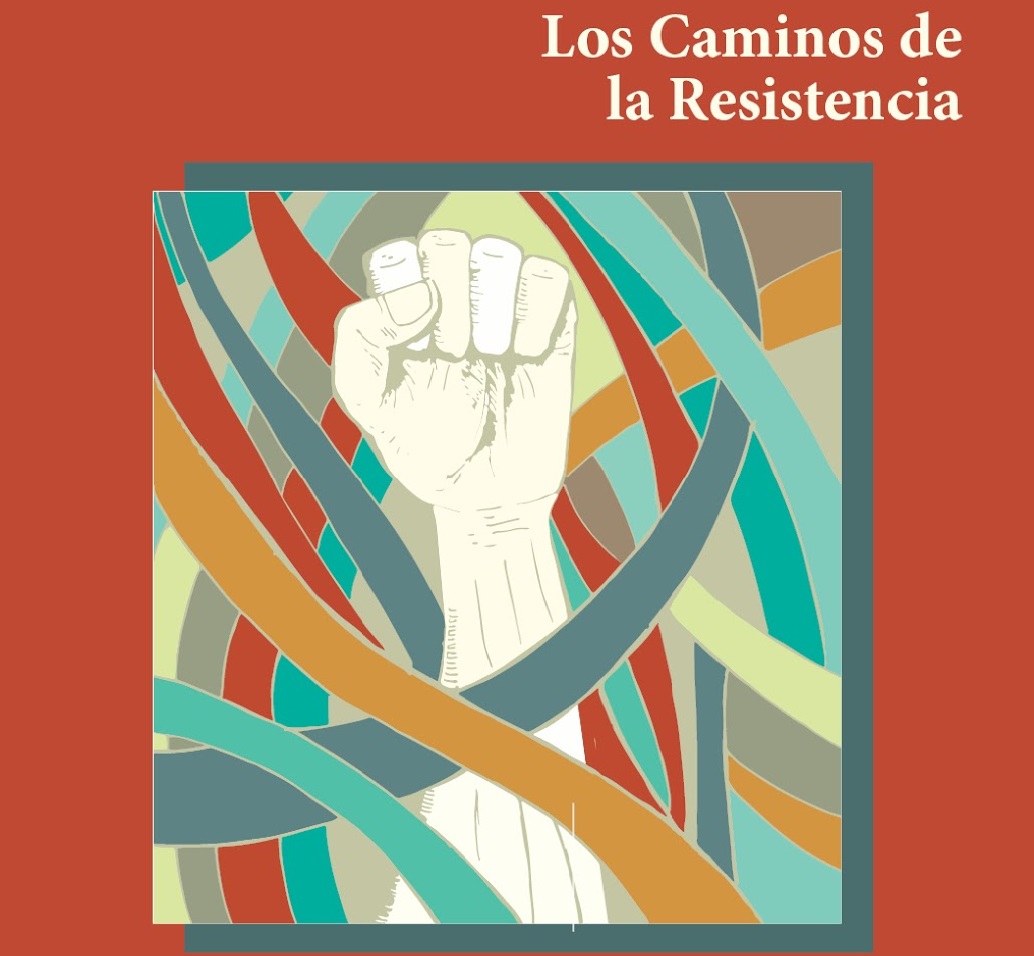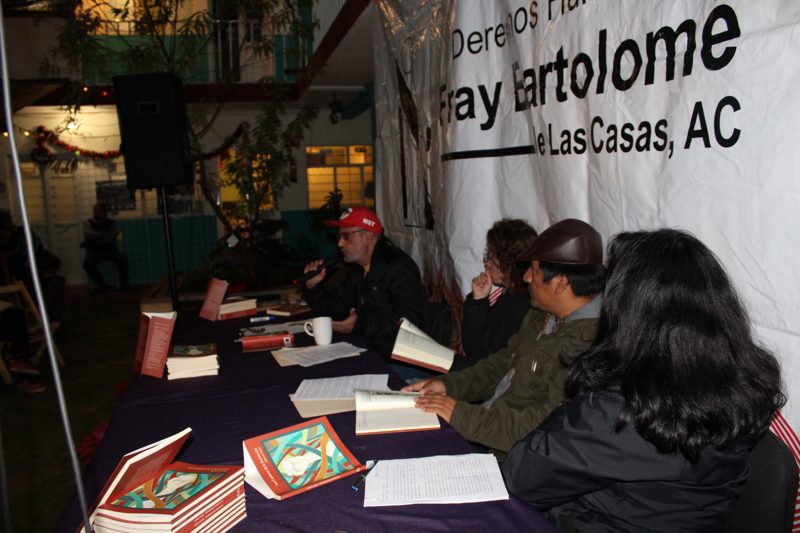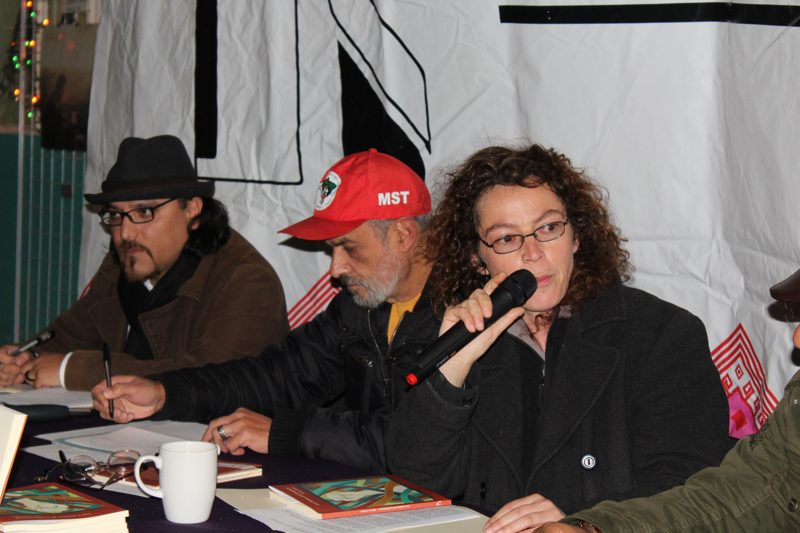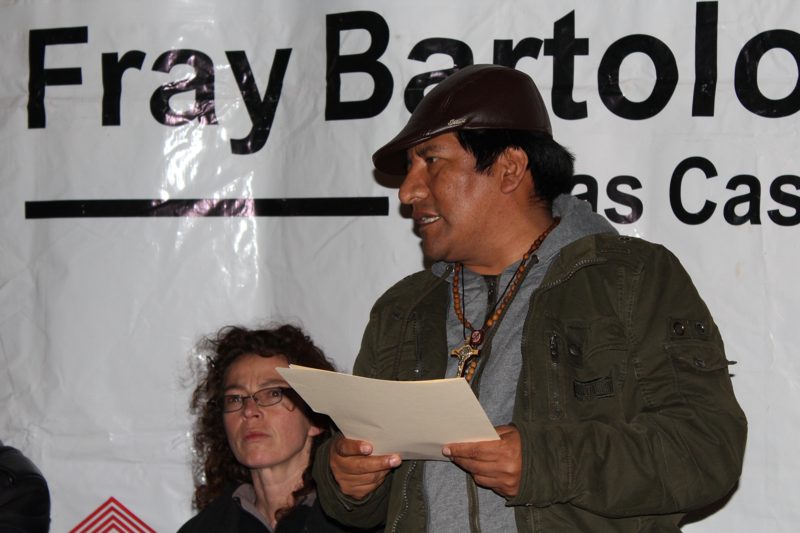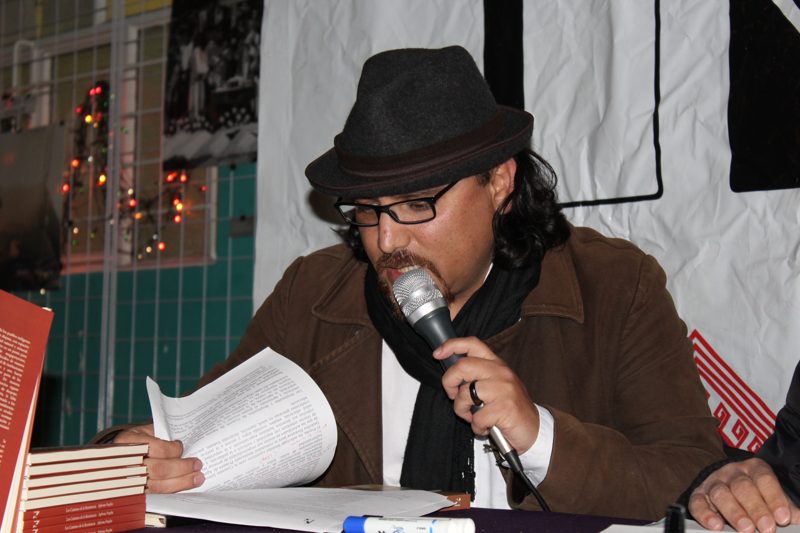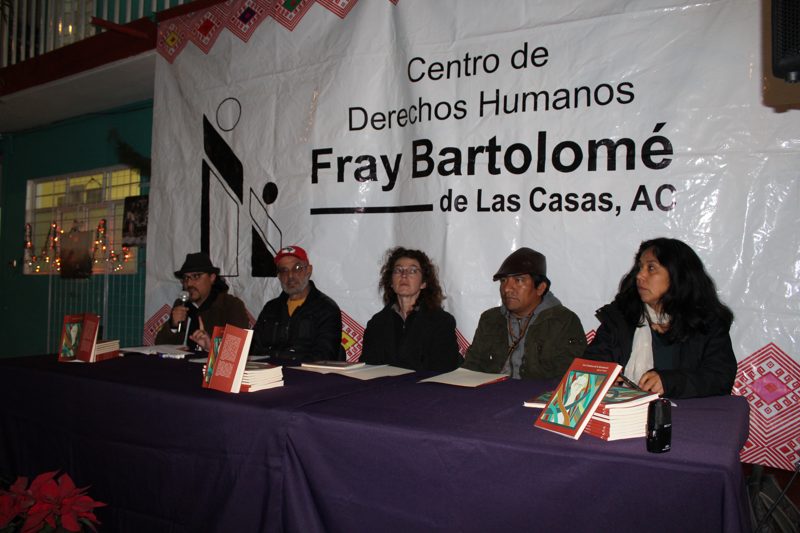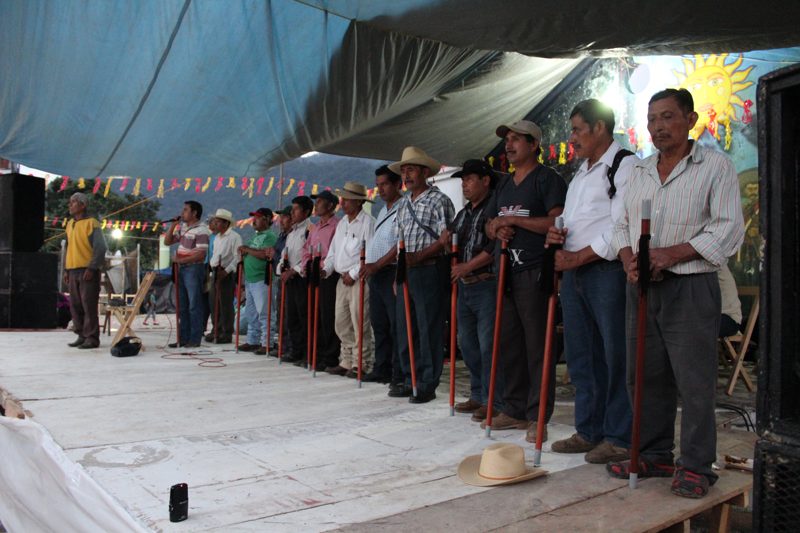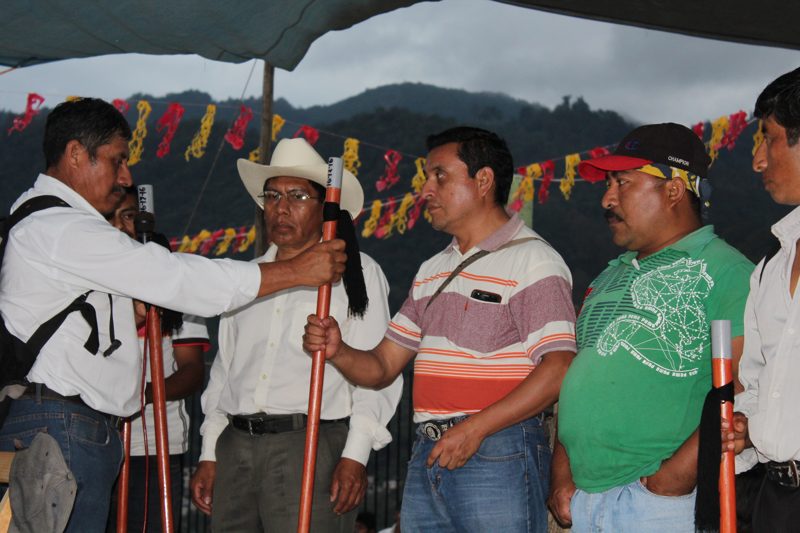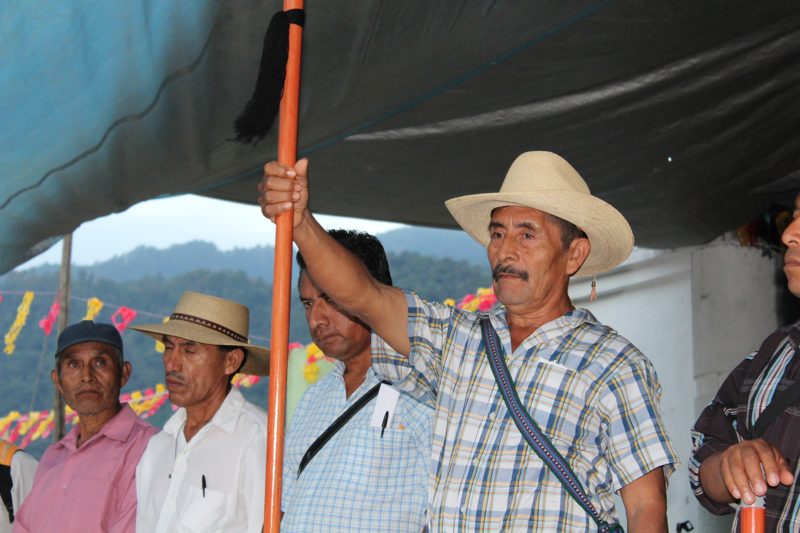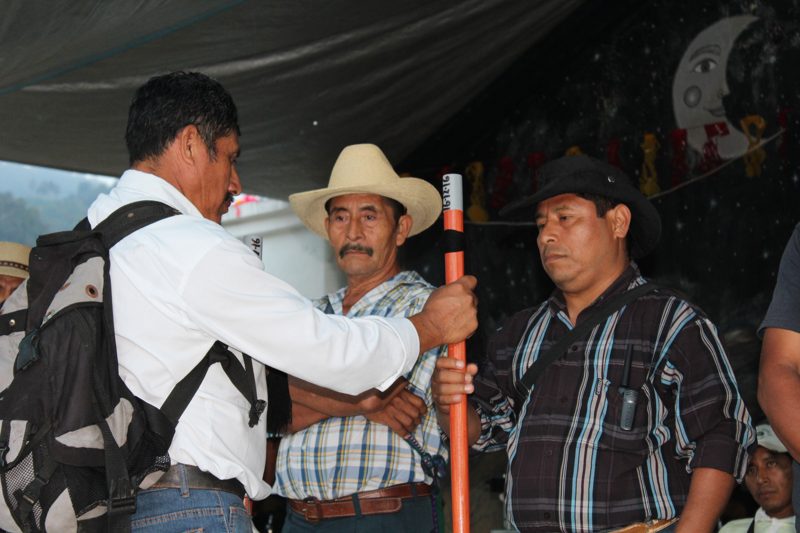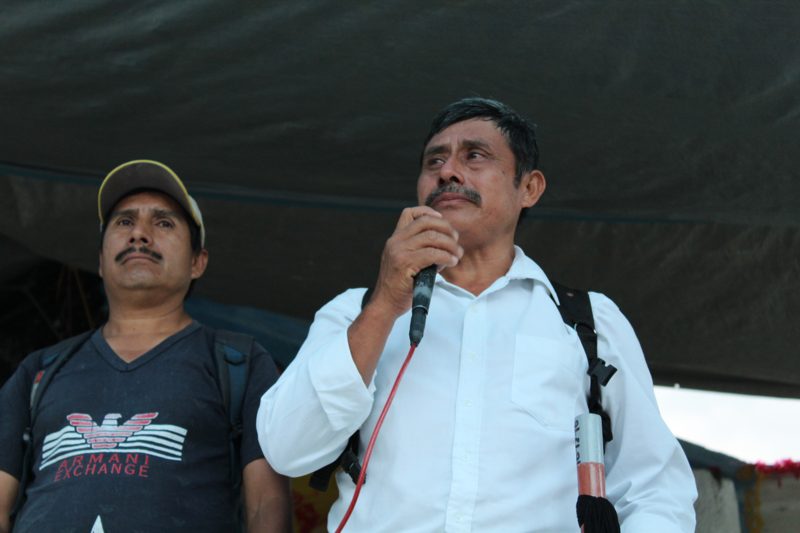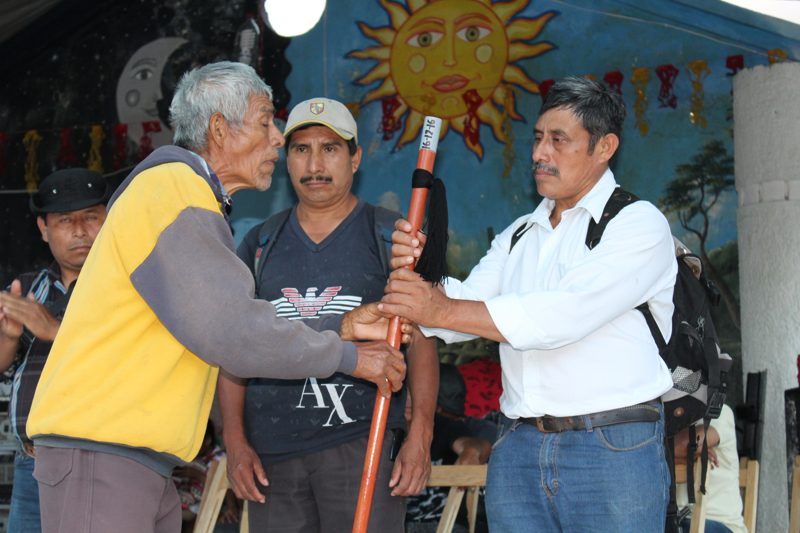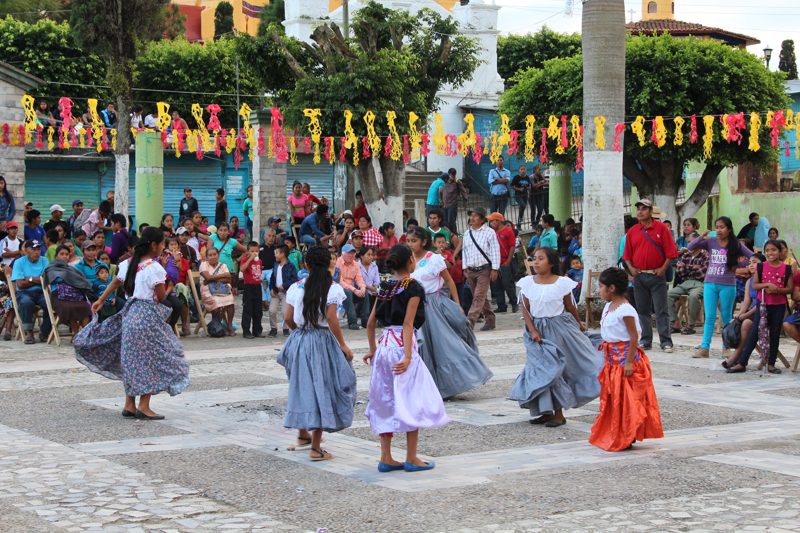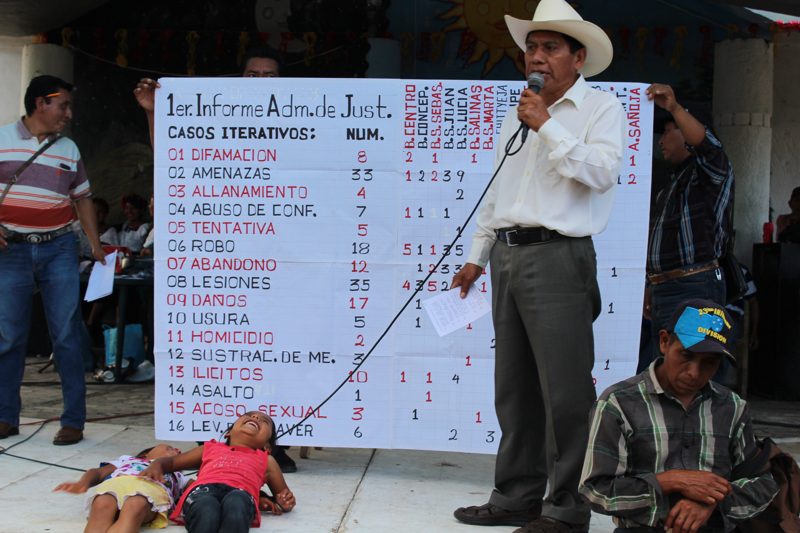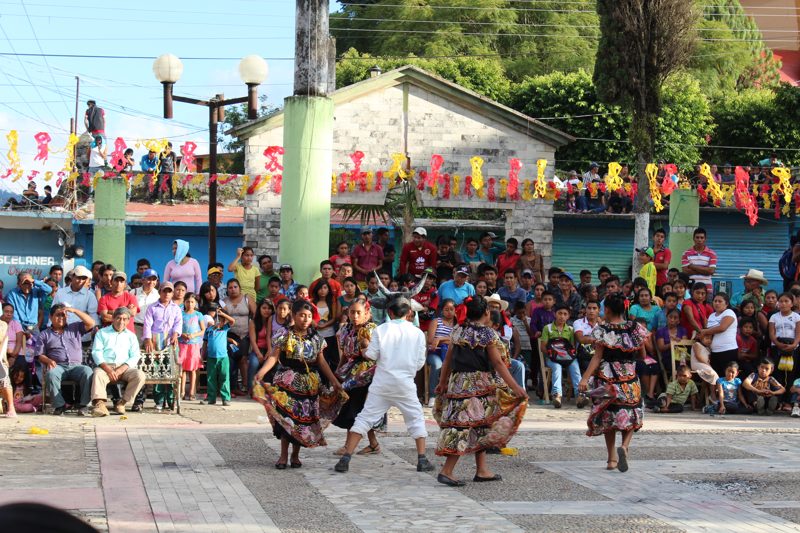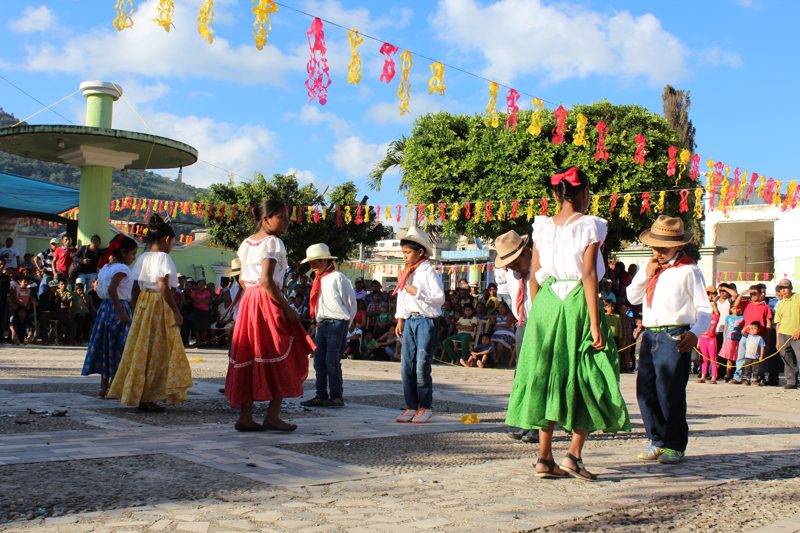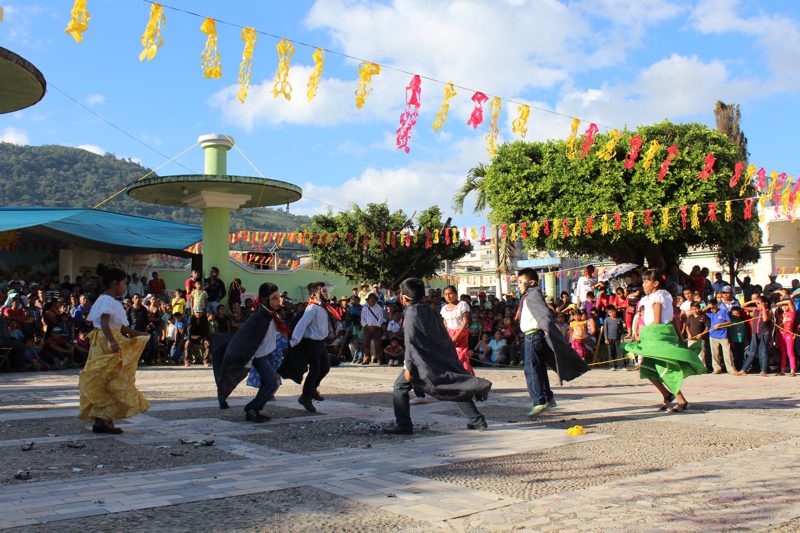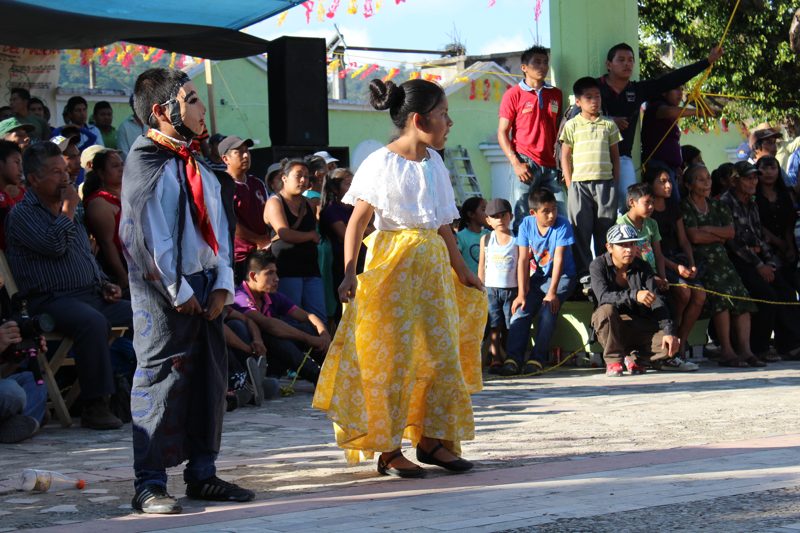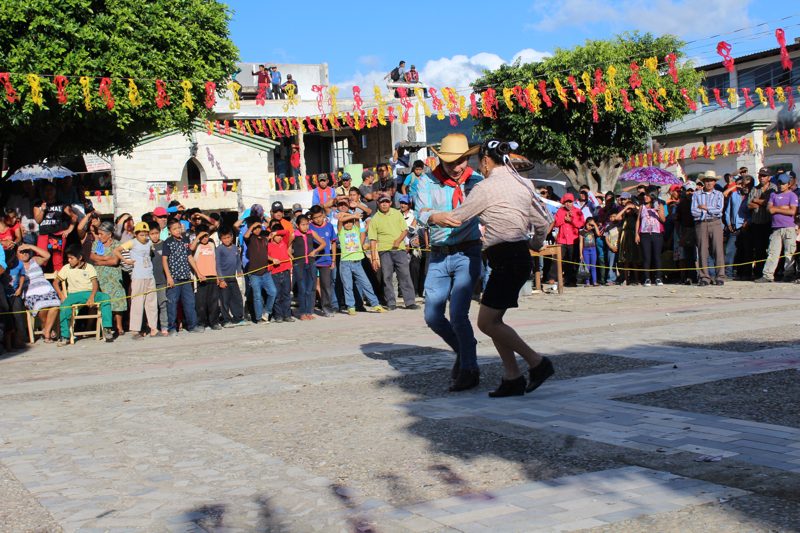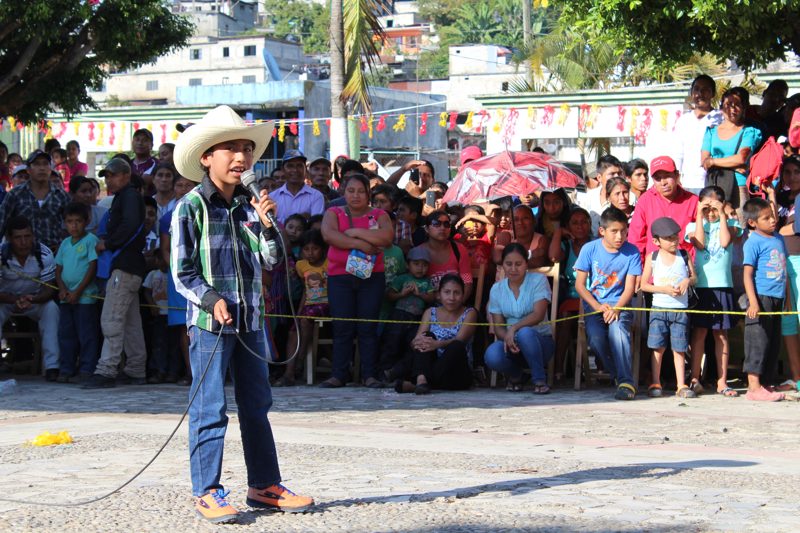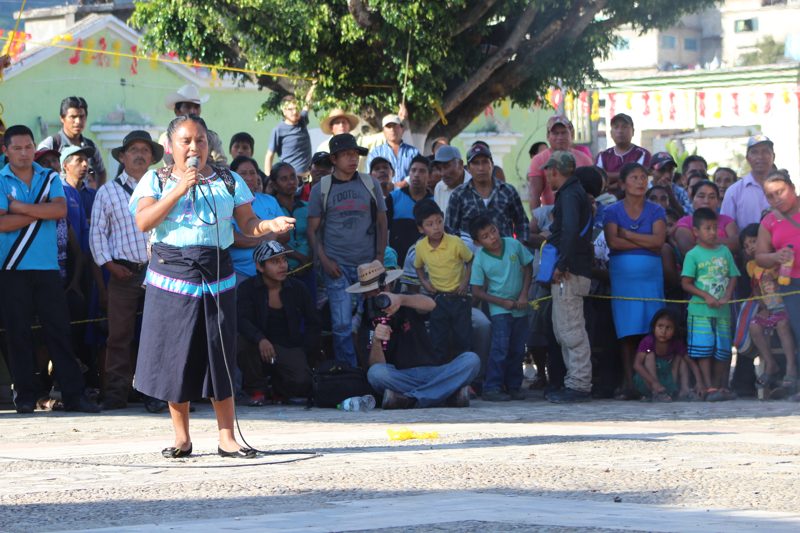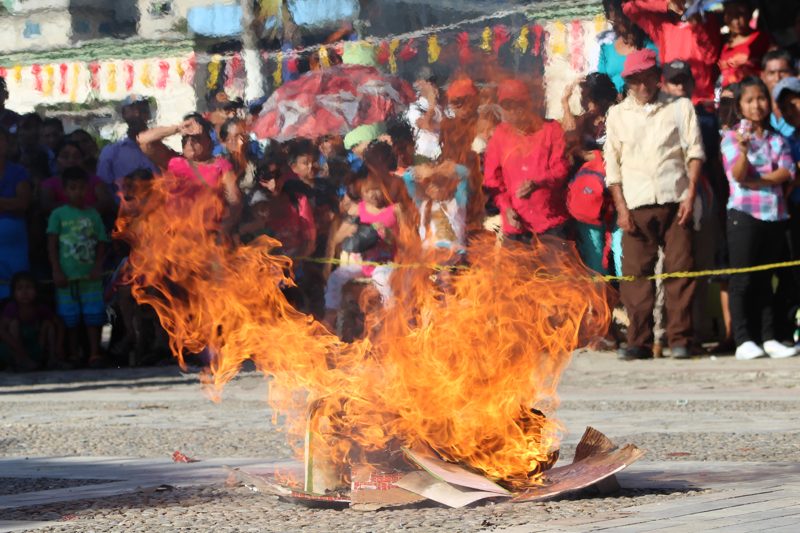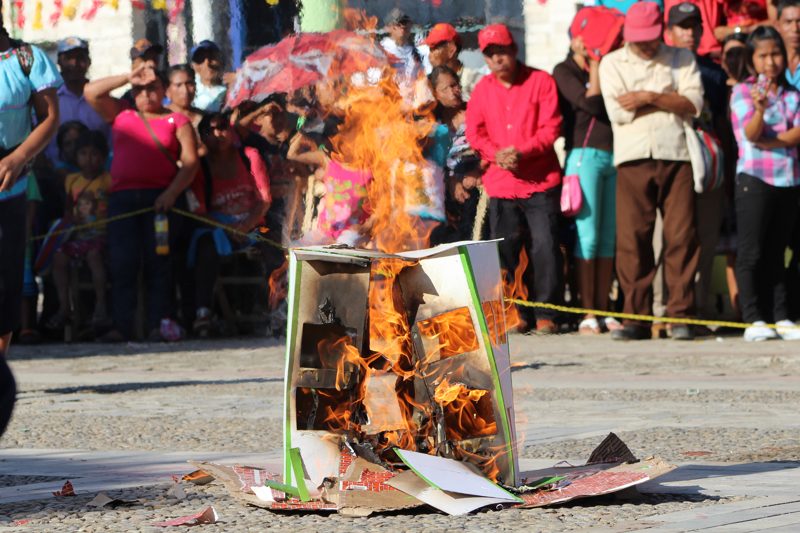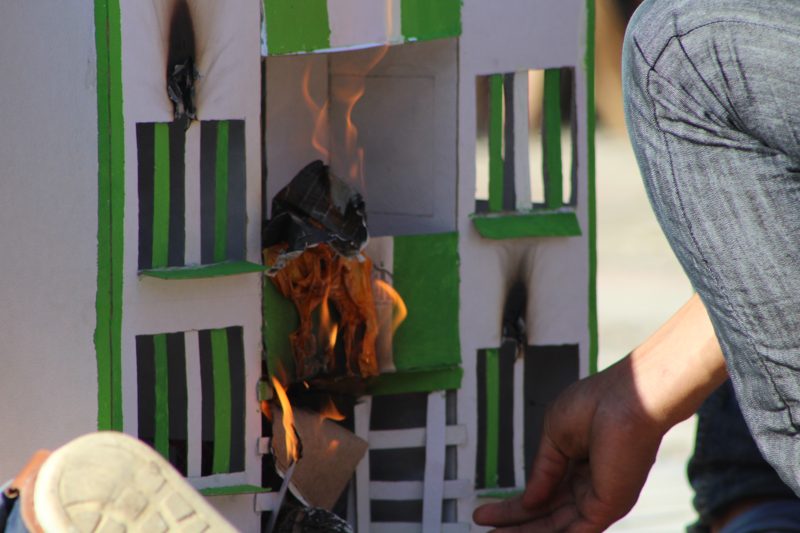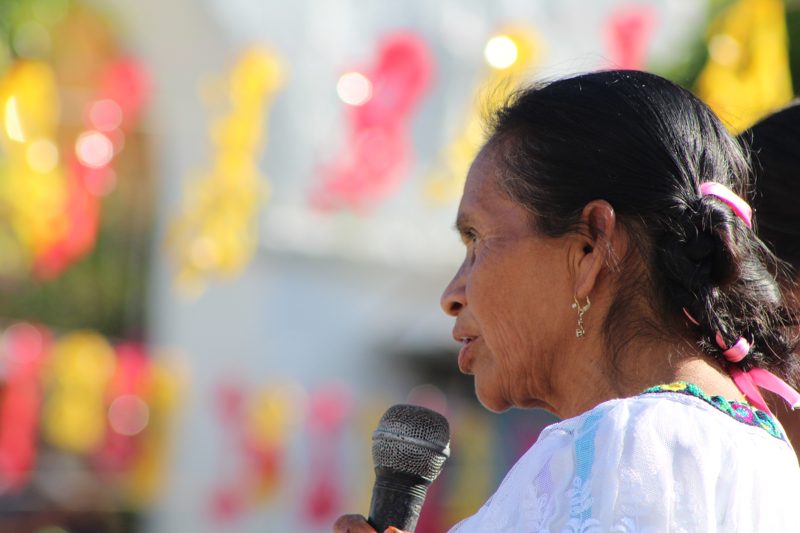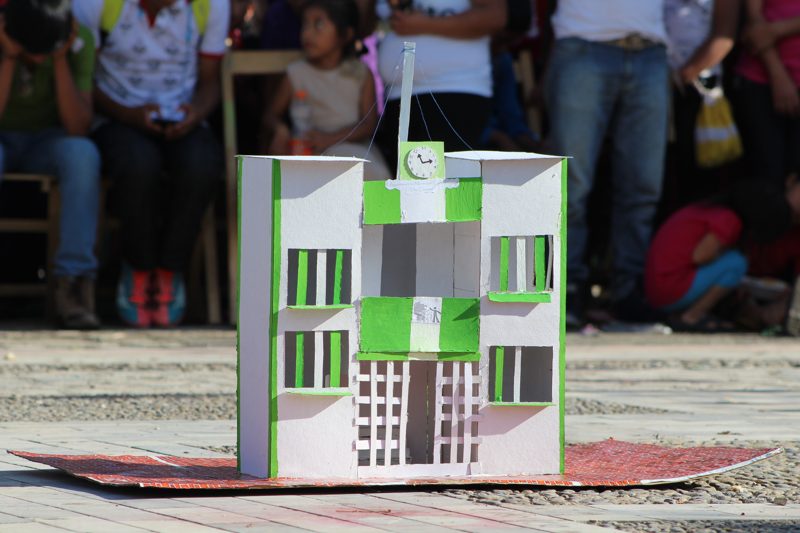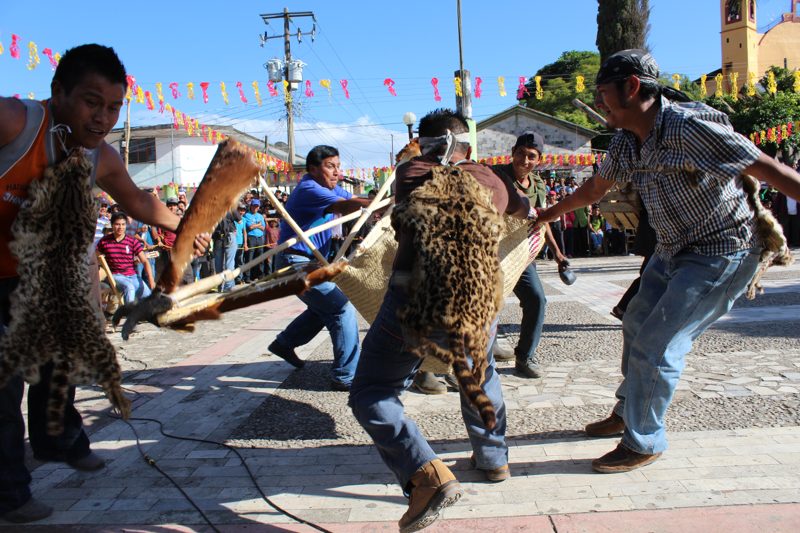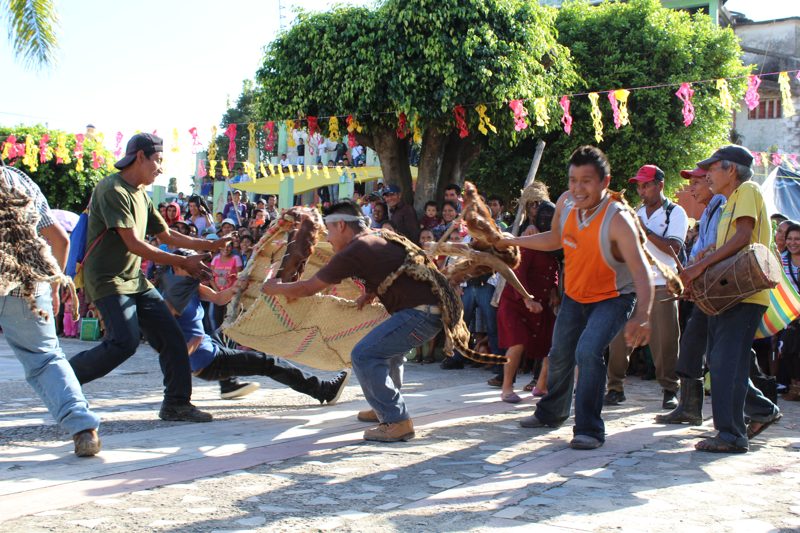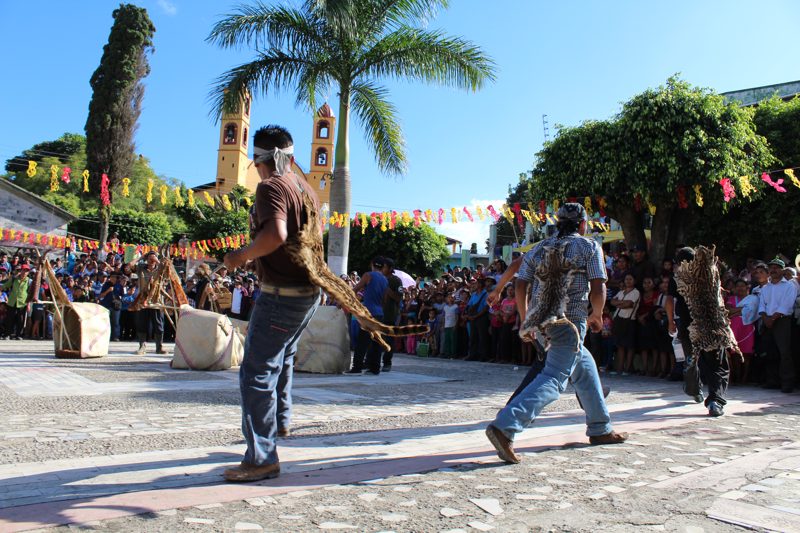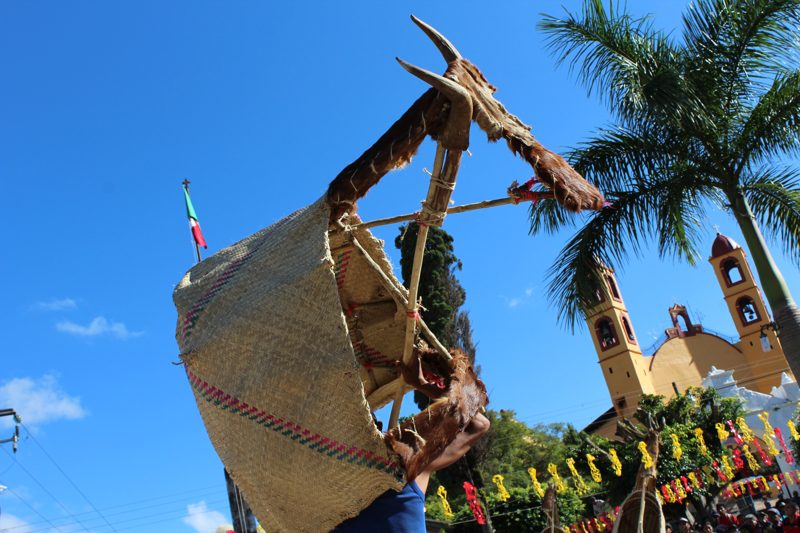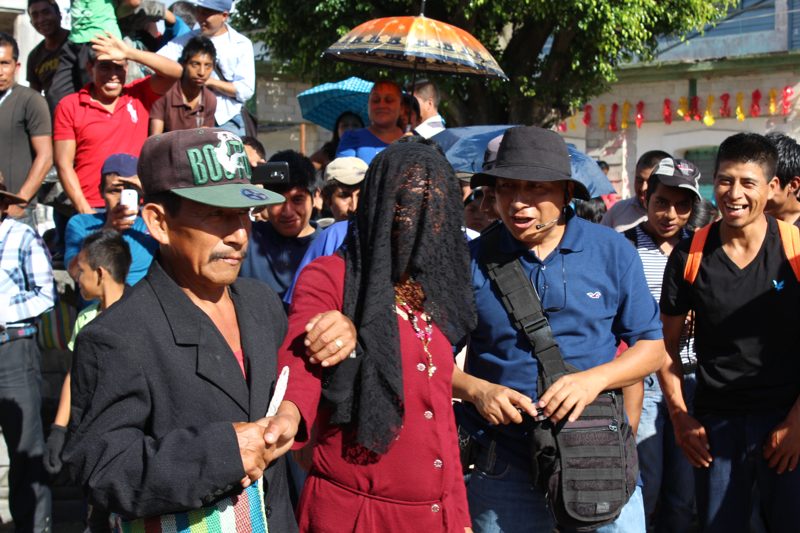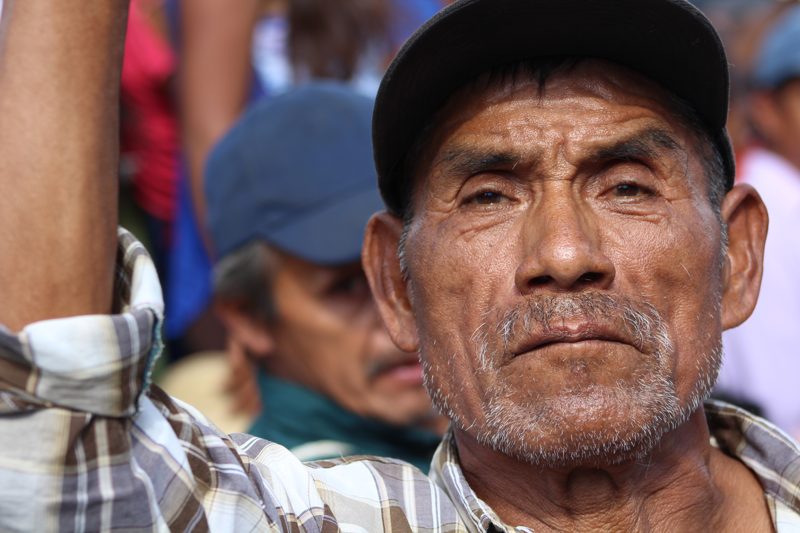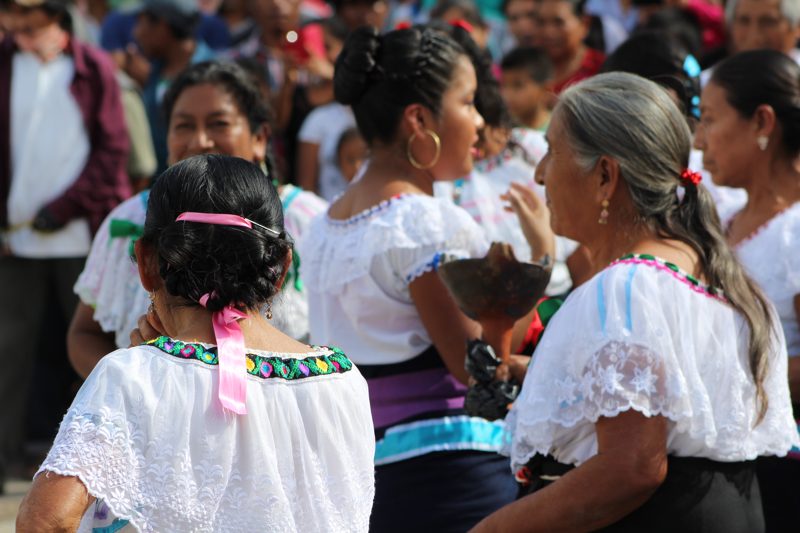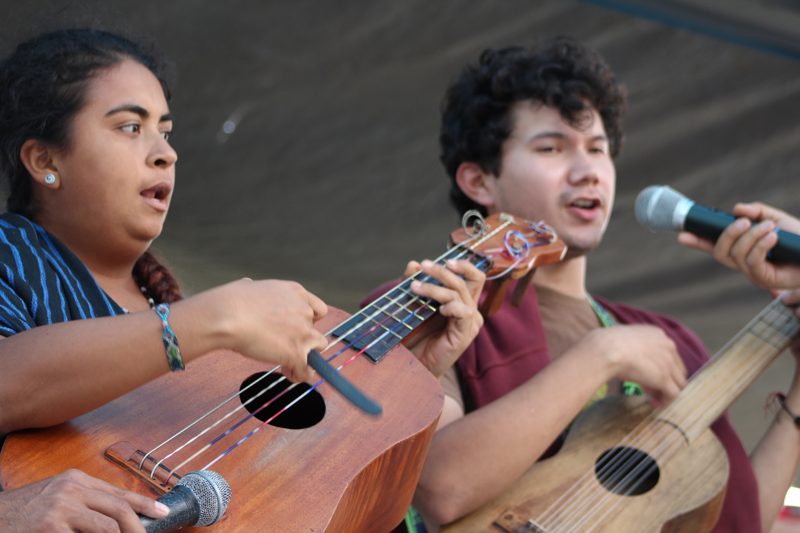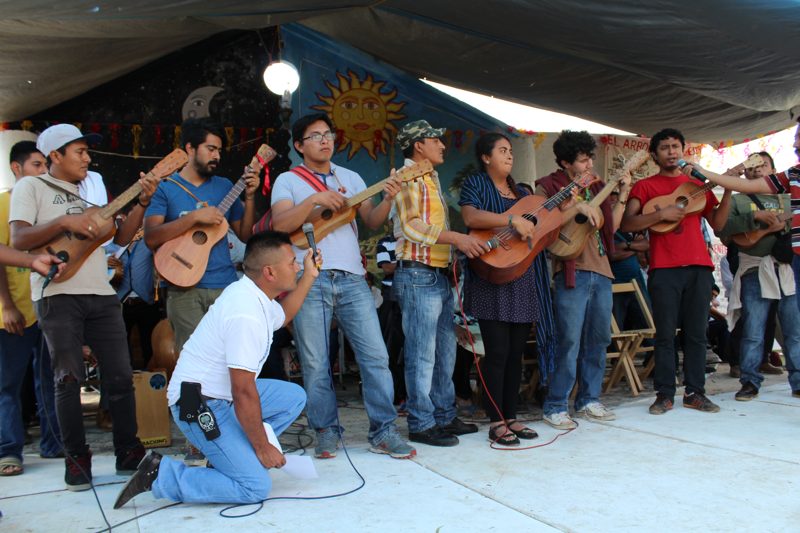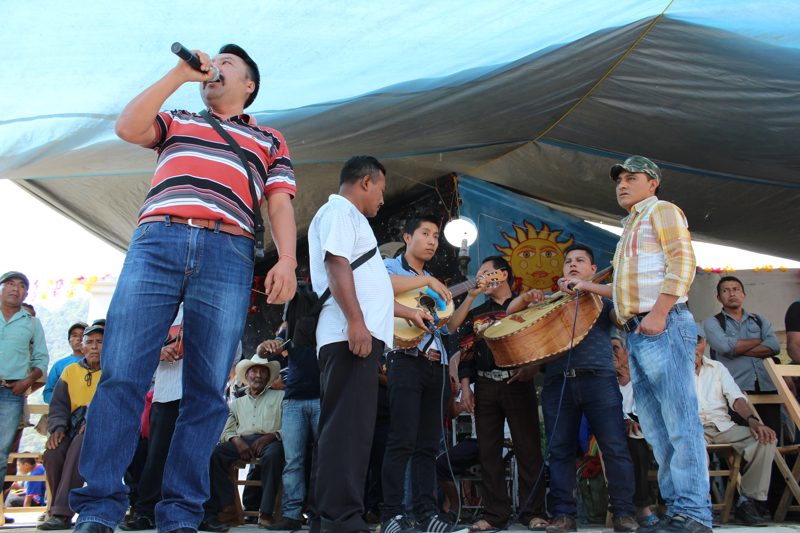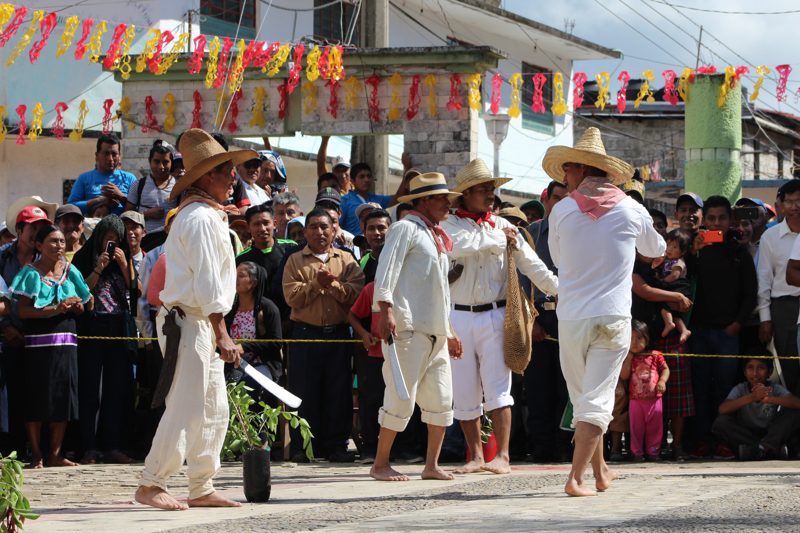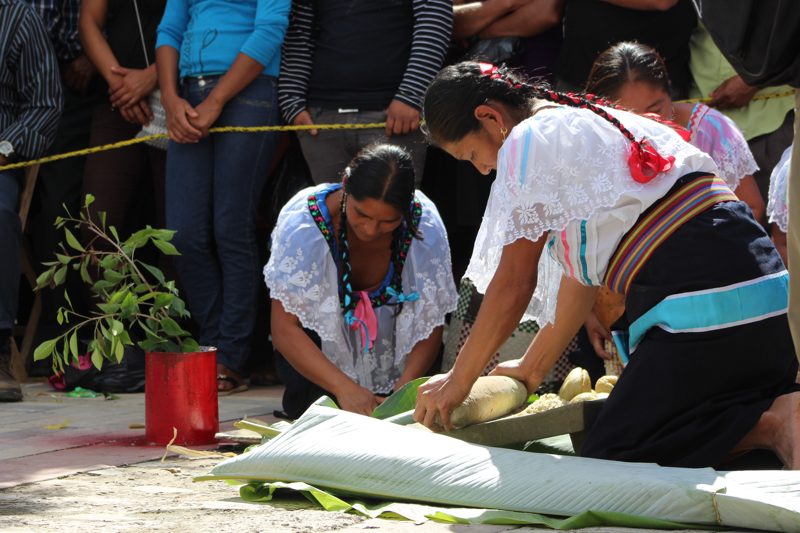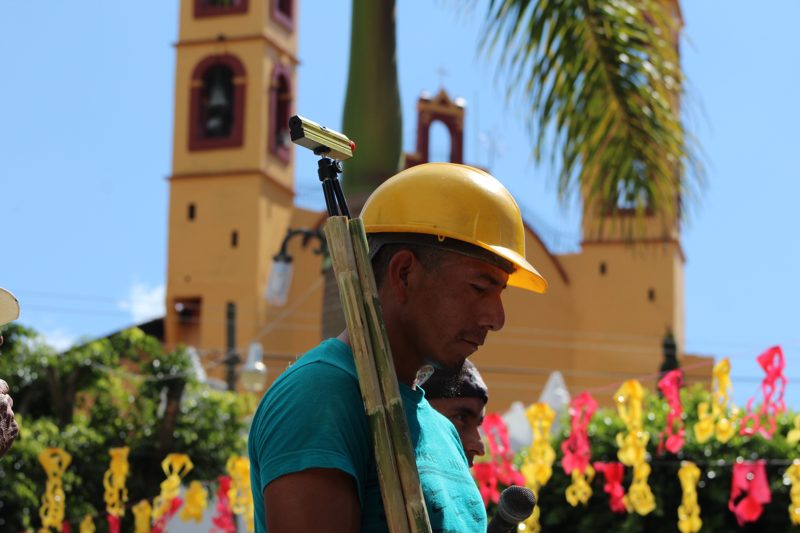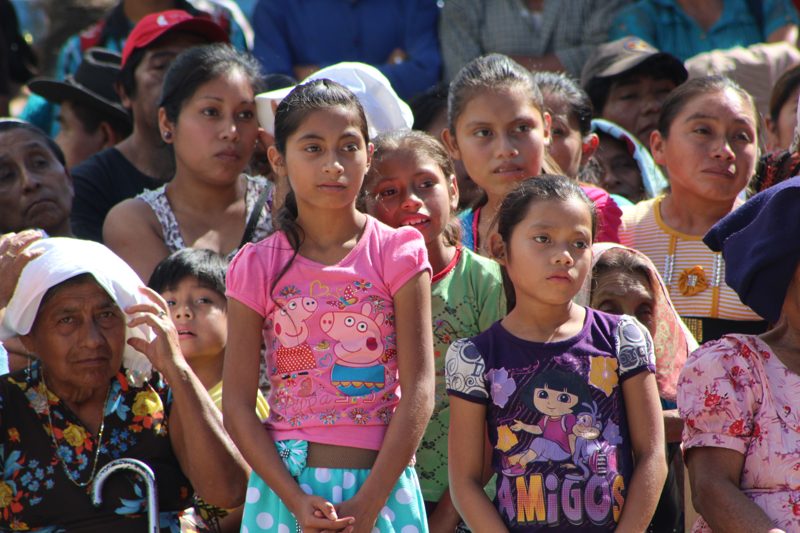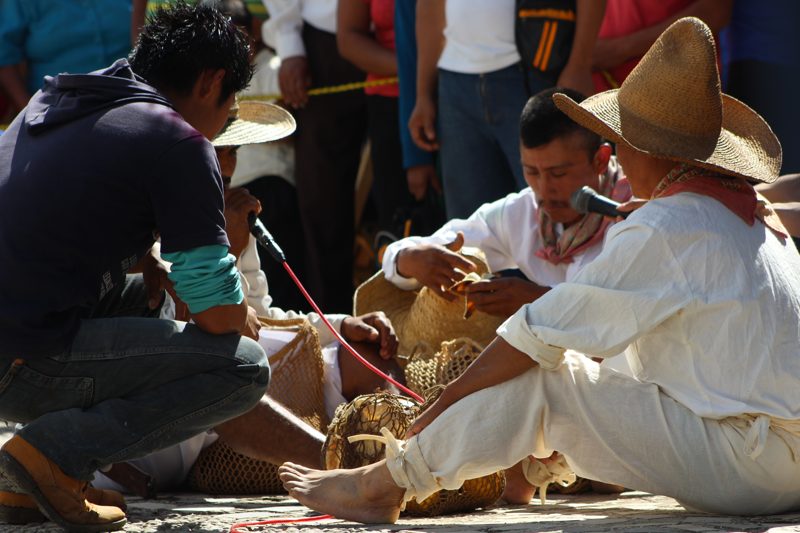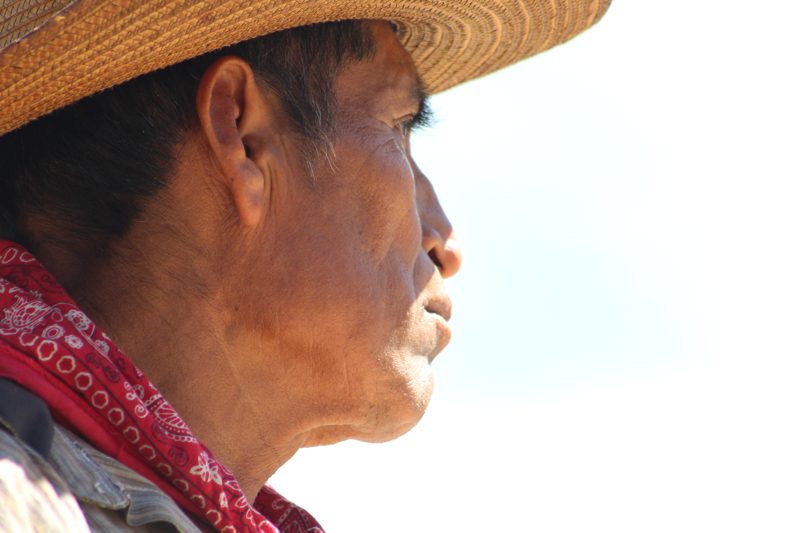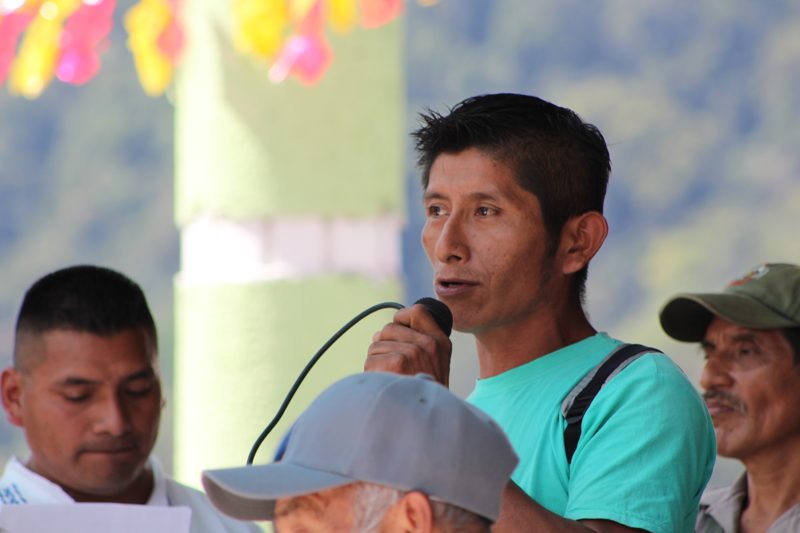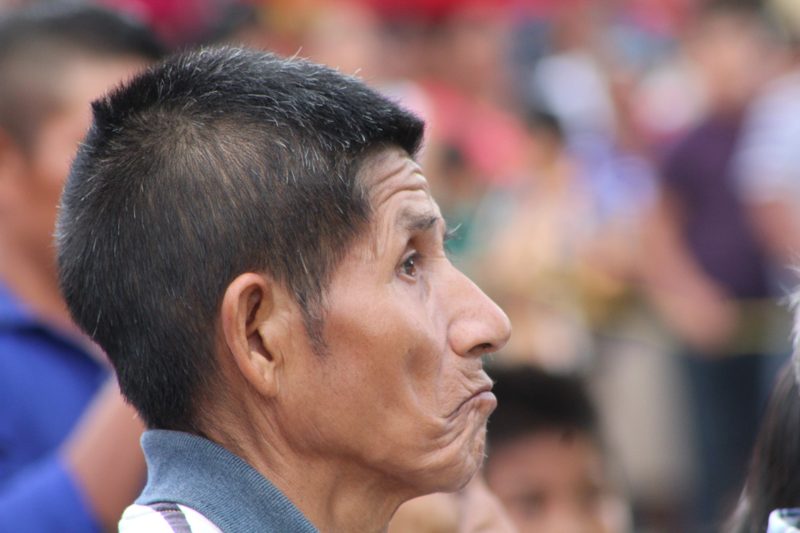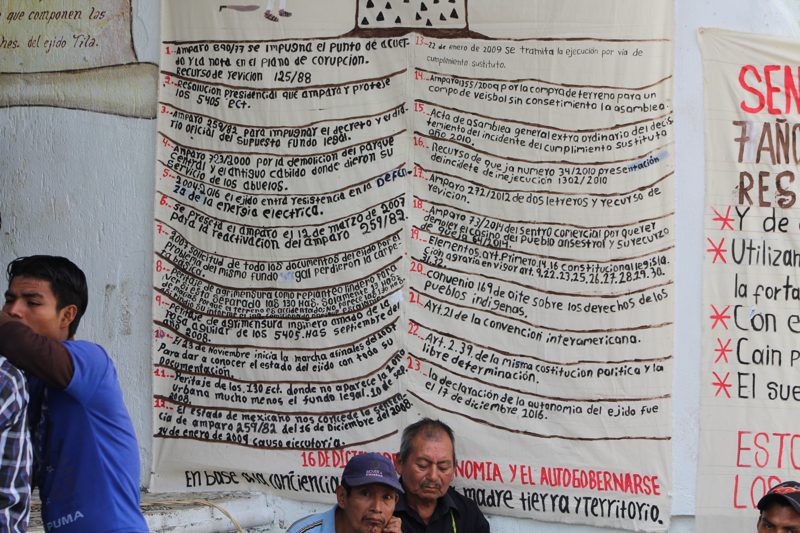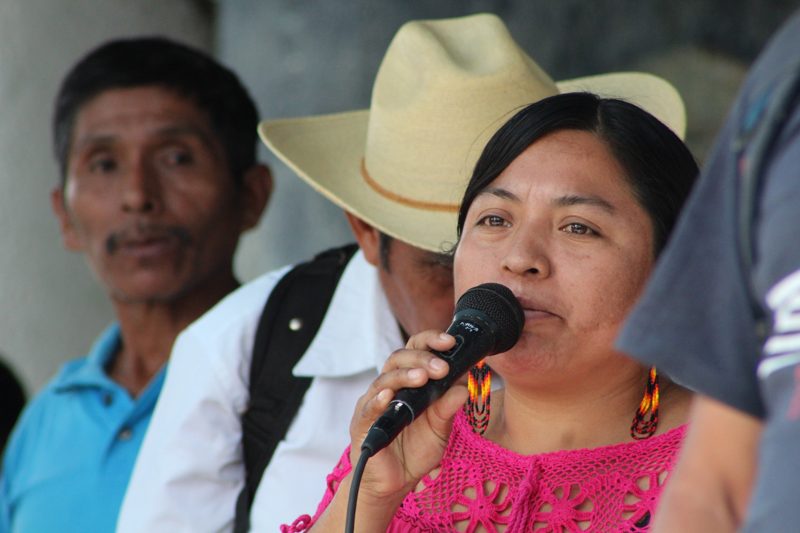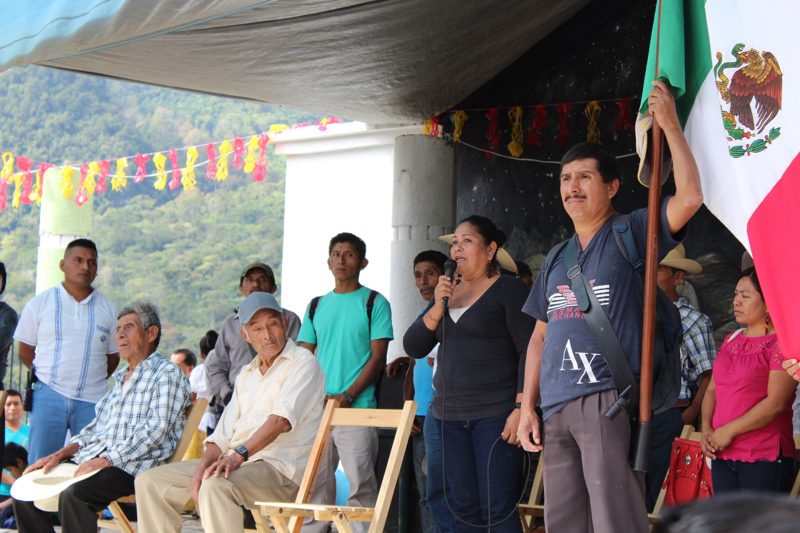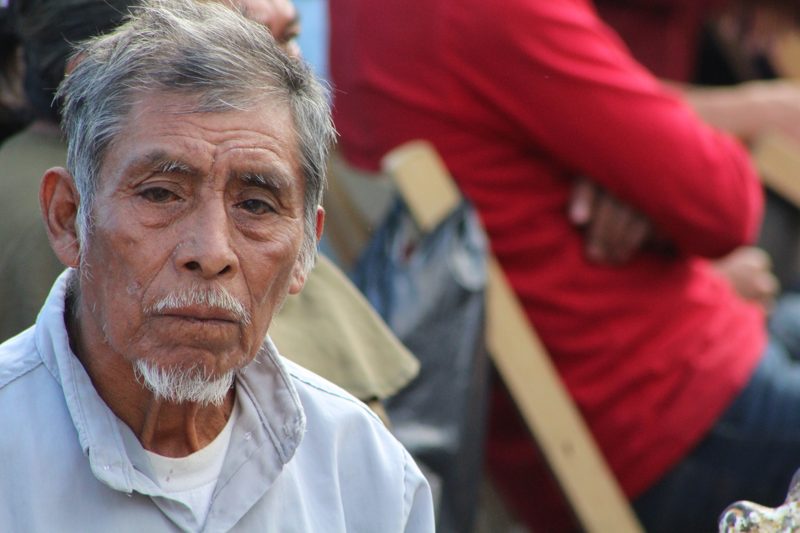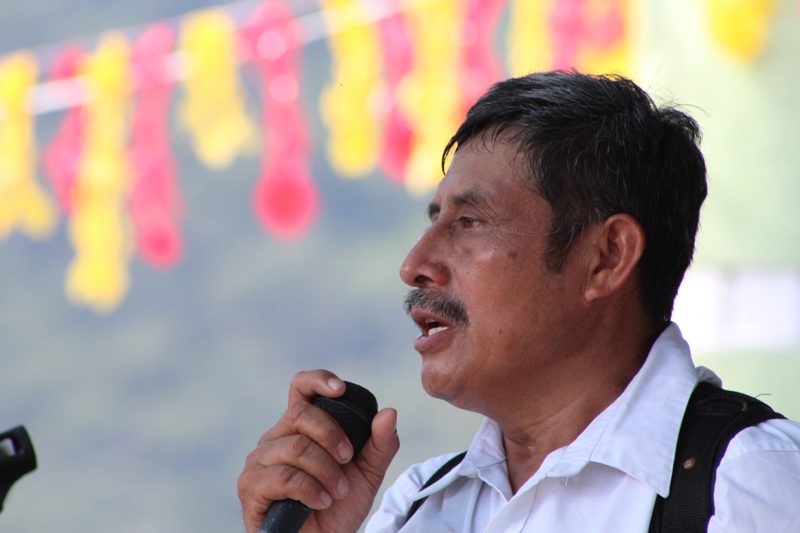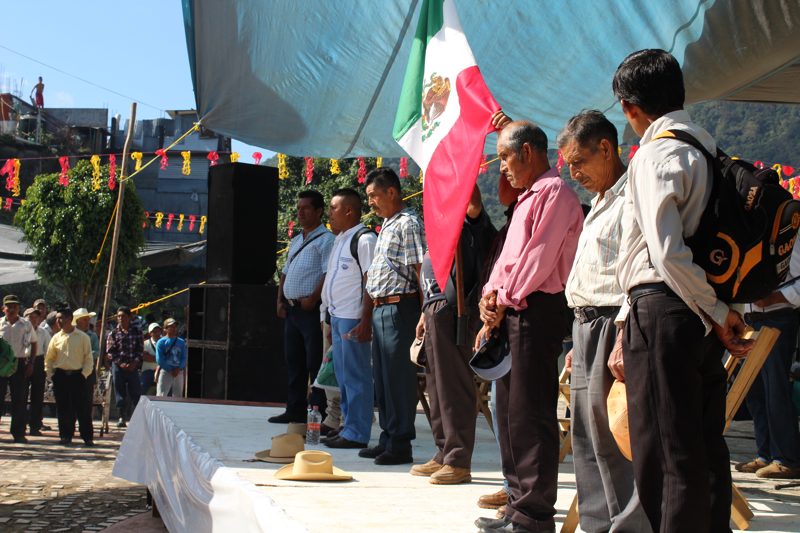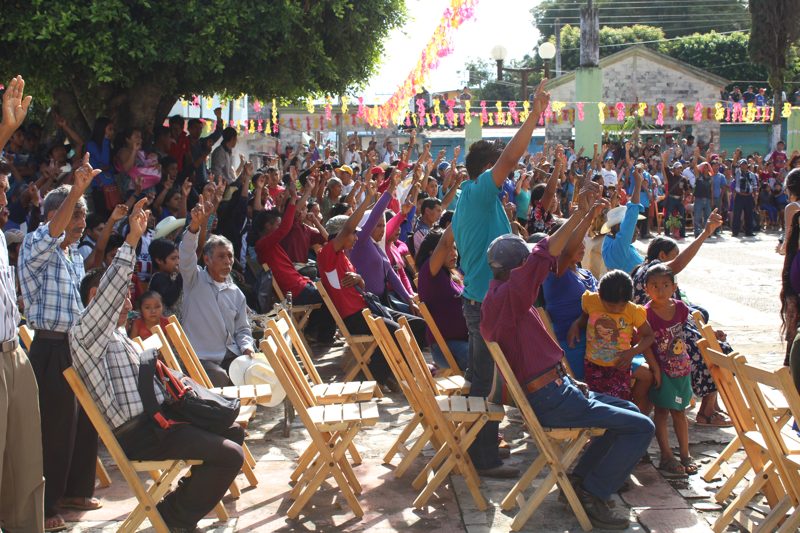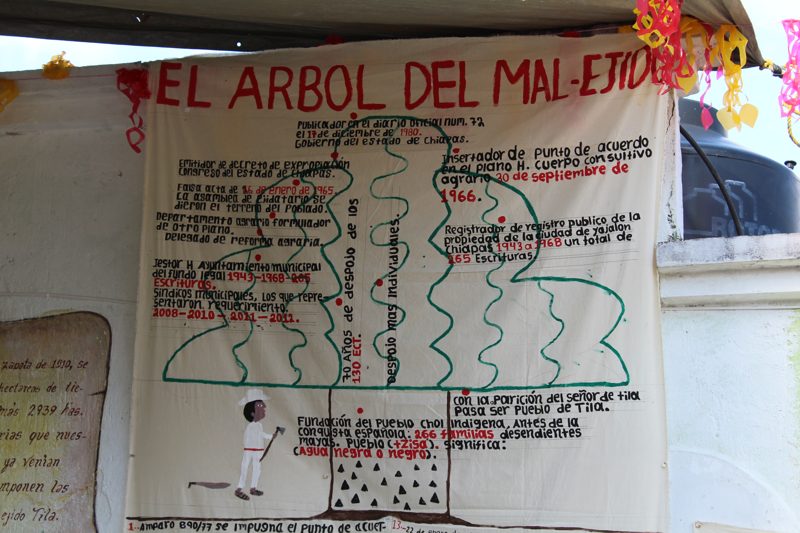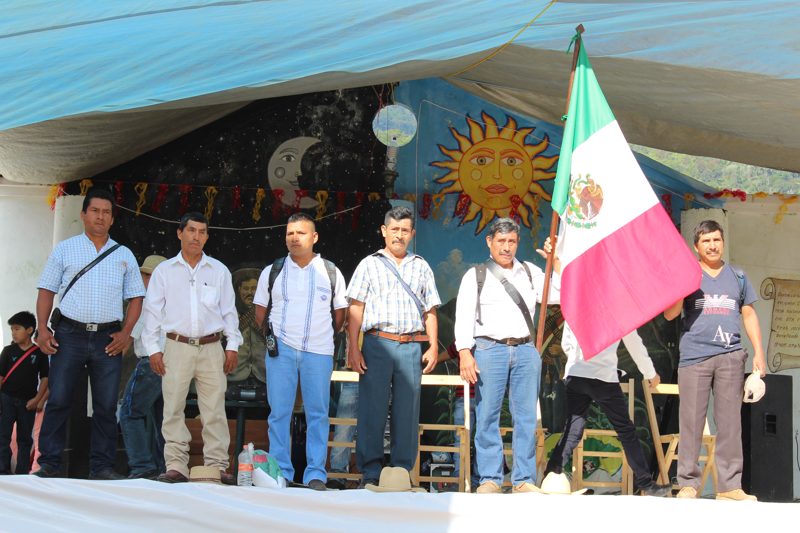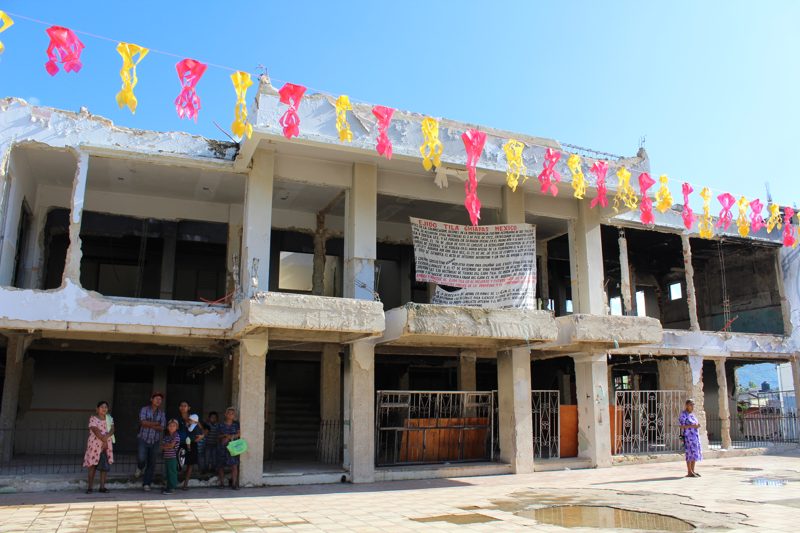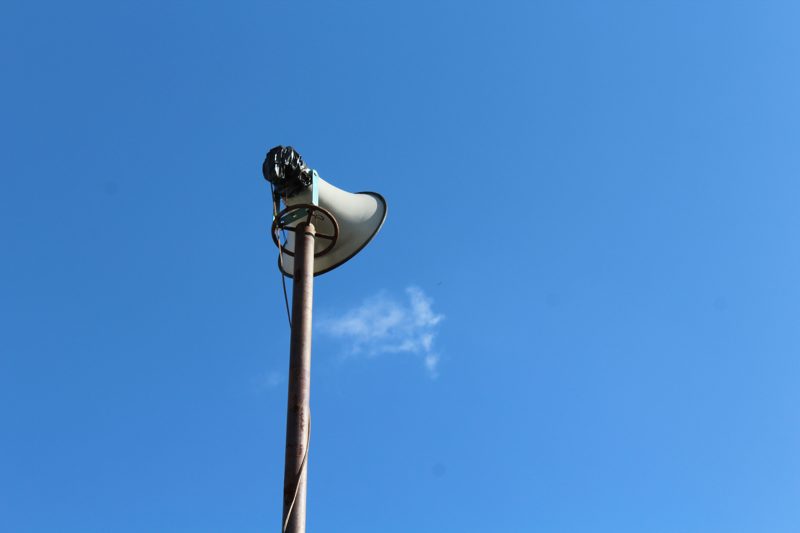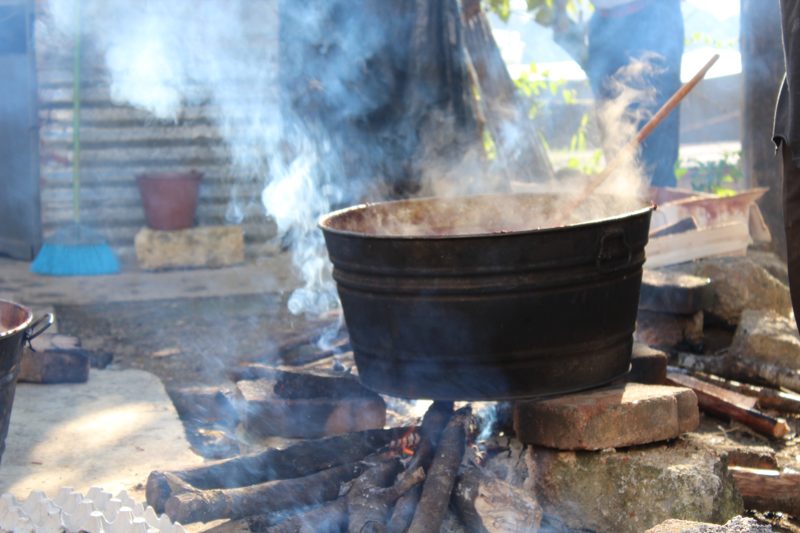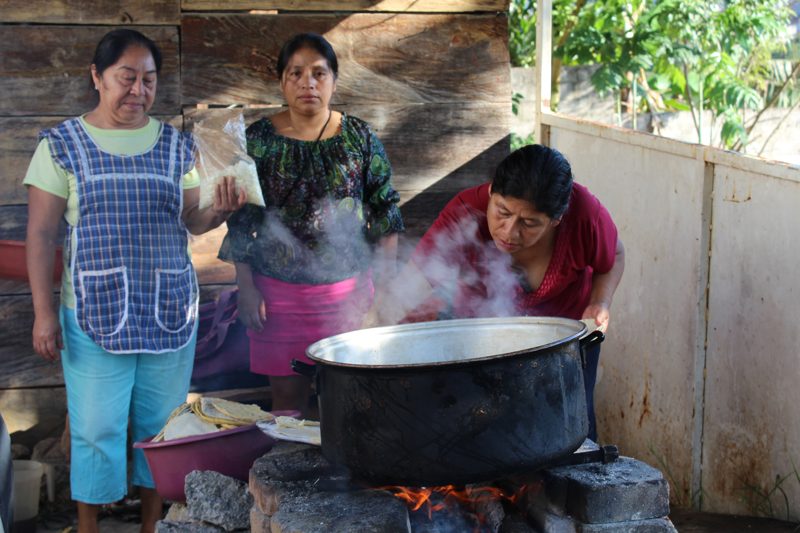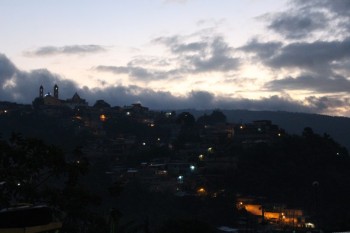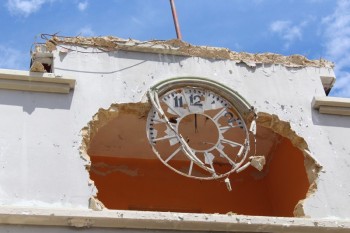
Author
(Español) Día 1 – ConCIENCIAS por la Humanidad
L@s Zapatistas y las ConCIENCIAS por la Humanidad
26 de diciembre de 2016
Cideci / Universidad de la Tierra Chiapas
El día de hoy dio inicio el encuentro L@s Zapatistas y las ConCIENCIAS por la Humanidad. Unos 200 “escuchas” y “videntes” zapatistas y cientos de oyentes de muchas partes de México y el mundo se encontraron en el Cideci/Universidad de la Tierra Chiapas, en San Cristóbal de Las Casas, para un encuentro histórico entre científicos de las más diversas áreas de las ciencias formales y naturales y alumnos zapatistas. A continuación, los audios de este primer día.
Inauguración. Palabras del Subcomandante Insurgente Moisés a nombre de las mujeres, hombres, niños y ancianos del EZLN:
(Descarga aquí)
Alquimista SupGaleano – “Algunas Preguntas a las Ciencias y sus Conciencias”:
(Descarga aquí)
Bióloga Adriana Raquel Aguilar Melo – “La academia podrá ser excluyente, pero ¿la ciencia puede ser un bien común?”:
(Descarga aquí)
Profr. Luis Malaret y Profra. Diana Rocheleau – “Ecología desde abajo”
(Descarga aquí)
Dr. Tonatiuh Matos Chassin – “Una Ley Fundamental para el Progreso de una Nación”
(Descarga aquí)
Fis. Eduardo Vizcaya Xilotl – “(Meta)ciencias, utopías y distopías”:
(Descarga aquí)
Dr. Marco Antonio Sánchez Ramos – “Sísifo y la Ciencia”:
(Descarga aquí)
Dr. Iván Alejandro Velasco-Dávalos – “¿A quién(es) sirve la ciencia? Visión colectiva acerca de la importancia de la vulgarización de las artes y de las ciencias de manera conjunta”:
(Ponencia presentada en video: en breve subiremos el audio o video.)
Entrevista:
Entrevista a Profr. Luis Malaret y Profra. Diana Rocheleau:
(Descarga aquí)
A Few First Questions for the Sciences and their ConSciences
A Few First Questions for the Sciences and their ConSciences
Listen here: (Descarga aquí)
December 26, 2016
Scientists [Científicas and Científicos]:
Compas of the Sixth:
Observers and Listeners who are present here and those who are at a distance:
Good morning, afternoon, night, and, as always, the dark hours before dawn:
My name is SupGaleano. As I am only a little over two and a half years old, my version of what used to be called a “curriculum vitae” and now is called a “user profile” is quite brief. In addition to being an insurgente and a Zapatista, I have various other professions. One of them, for example, is to make those who consider themselves fine upstanding citizens uncomfortable, and to awake the basest instincts of those who do not. I do this by showing my clearly seductive and voluptuous figure, which I have achieved, through much effort, via a rigorous diet of greasy meals along with supplementary junk food at my discretion.
I am also, much to my own dismay and that of many readers, the unwilling scribe for the whims of a particular being—mythological for people over 12 years of age and of obvious existential importance for any person passionate about science and any child [niño, niña, or niñoa] who doesn’t care about calendars except to play with. I am referring, of course, to that being whose mere existence lays social and biological Darwinism to rest and marks the emergence of a new epistemic paradigm: the cat-dog. Perhaps, when this entity abandons the prison of the word, world history will be marked and its calendar redefined with “a before and after the cat-dog.”
(The Sup takes out two figurines of the Cat-Dog, carved out of wood and painted by insurgentes).
Another of my professions, at times and on the orders of my bosses, is to feed the paranoid conspiracy theories against the always “suffering,” “selfless,” and well-behaved institutional left that, for lack of real arguments and proposals, resorts to the role of eternal victim in the hopes that pity will translate into votes and for whom fanaticism substitutes for reason and even a minimum of decency.
